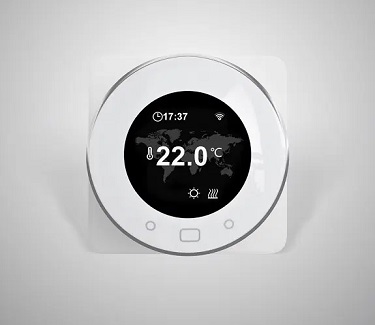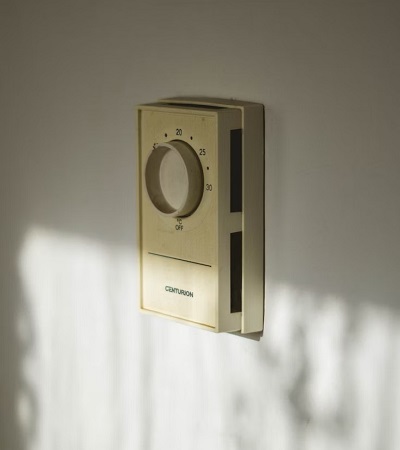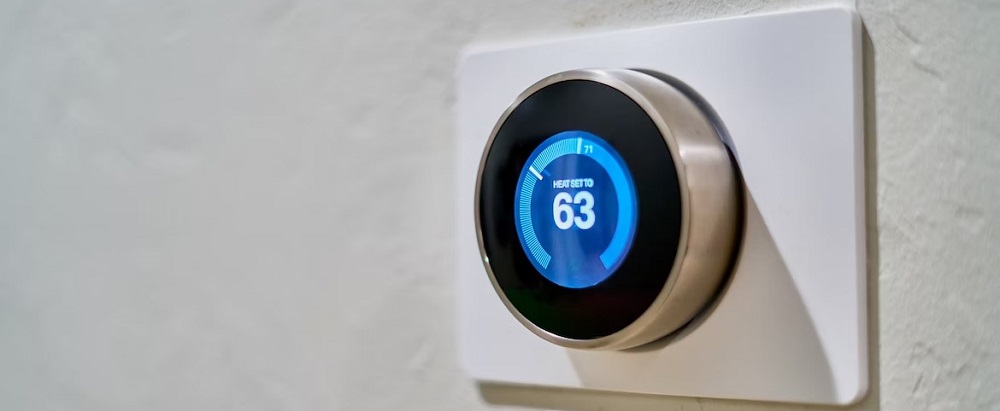What can I do to reduce my energy bills?
In Australian households, roughly 40% of energy use is directly related to the use of heating and cooling appliances[1]. Knowing what impacts the artificial heating and cooling energy demand and how to reduce it, is very important on both economic and environmental grounds. In this article, we focus on the most important factor in how to reduce your energy bills.

How can I reduce my energy bills?
Many factors have an impact on the energy bills, some of which are:
- Building fabric: whether your house has a suitable level of insulation added to its fabrics and also, whether the thermal performance of windows is adequate. NCC Vol 2.0 Part 3.12 details how a dwelling could be energy efficient. Also, a NatHERS rating of 6 and above, ensures that your house fabric doesn’t gain and lose heat above a certain limit.
- Efficient appliances: use of efficient heating and cooling appliances with high MEPS ratings is preferred against conventional appliances. For example, condensing boilers have at least 25% more thermal efficiency compared to conventional boilers[2]. Also, inverter air-conditioning systems could save up to 30% of electricity compared to a conventional air-conditioning system.
You can add more items to the above, for example, insulating the pipework and ductwork and properly designing and installing them, which also helps with reducing energy bills. Control valves, dampers and smart control devices also contribute greatly to energy saving.
In this article, we tend to focus on two low-cost measures with great benefits which result in reducing your energy bills quite significantly: thermostat location and strategies to maintain thermal comfort.

Location of thermostat: what to do and what not to do?
A thermostat is a wall-mounted device that orders a heating/cooling appliance to turn on or off. The thermostat senses the room temperature, compares it to a pre-set temperature by the user, and then orders the heating plant to go on if the room temperature is below the set point and the cooling plant to go on if the room temperature is above the set point. Many people may not notice how tightly the correct operation of a thermostat is related to their energy bill. You may consider the thermostat function similar to the brain function inside a body. If the thermostat is operating poorly, you would either expect your energy bills to skyrocket or, your thermal comfort to be compromised.
Proper operation of a thermostat depends on the correct reading of the average temperature of a habitable room i.e. the thermostat’s location inside the room which represents this average temperature the best. Here’s what to do and what not to do when installing your thermostat:
Where should I avoid installing my thermostat?
When installing your thermostat, the important thing is to avoid installing it in an area with extreme temperature gradients, heat fluxes and low air movement. You would want to avoid installing it:
- Near heating/cooling terminals/equipment:
Areas around heating and cooling equipment are extremely hot or cold and are not ideal places to capture the average temperature of the room. Also, installing a thermostat adjacent to a supply air terminal is very wrong and guarantees poor thermal comfort for occupants due to a lack of heating/cooling plant operation.
- On an external wall:
External walls are cold in winter and hot in summer. Installing a thermostat on an external wall results in a false reading of the room’s temperature.
- Exposed to direct sunlight:
If a thermostat is exposed to direct sunlight, say, near a window, since the thermostat senses the room to be hot, the heating plan will not operate in winter and the cooling plant operates continuously in summer. - Near heat-generating appliances (e.g. in the kitchen):
Installing a thermostat inside hot rooms in the house or adjacent to heat-generating appliances like refrigerators or ovens causes a false reading of the room’s average temperature. - Near furniture
For a thermostat to read the average temperature correctly, air inside the room must freely pass over it. If the thermostat is blocked by an obstacle or installed at the corner of a room, false reading of the room’s temperature may occur.

- Near windows/doors
You must always avoid installing the thermostat near external windows/doors. Induced drafts and infiltration from unsealed edges and openings cause the thermostat to falsely read the room’s temperature. - In a non-habitable space (In the hallway)
Traditionally, contractors installed thermostats inside a connecting hallway. Although this may guarantee the main living room gets to the setpoint, on many occasions, overheating occurs in winter. In summer, since hallways have limited access to sunlight, they get colder than the adjacent living area and thus, the cooling plant may fail to live up to the task and maintain the thermal comfort of the occupants inside the living area. Try to install a thermostat inside habitable spaces if possible. The only exception is where the return grille of an air handling or fan coil unit is located inside the hallway; In which case, installing a thermostat in the hallway is not a problem. - Unsuitable floor level
Due to less density, warm air tends to elevate and cool air stays near the floor. In a cold climate, installing a thermostat on the upper floors (which are hotter due to the upwards transfer of warm air) rids the ground floor of thermal comfort. This effect is reversed in hot climates. - Avoid plumbing pipes, supply ducts
Heating and cooling supply pipes, if pass through a wall on which a thermostat is installed, result in a false reading of the room’s average temperature. The same logic applies to supply ducts without proper insulation.
Gathered from the above, the best location to install a thermostat would be:
On an interior wall, inside a frequently used room, near the centre of the room, away from hot/cold surfaces and 1.5m above the floor.
What are the strategies to maintain thermal comfort and reduce energy bills?
With non-thermostatic radiator valves
First, you need to make sure your thermostat is installed in the correct place. Then start the boiler at its medium temperature and fully open all the radiator valves. Also, set the thermostat set point to 18 degrees. Check if you feel comfortable in the main living room, if not, gradually increase the thermostat’s set point until you finally feel comfortable. After that, check all other rooms and see whether they are warmer or cooler than the living room. If the other rooms or some of them are warmer, slightly close their valves so that you also feel comfortable in those rooms. If some rooms are colder, try to increase the boiler’s leaving temperature gradually until you feel comfortable in all rooms of your house. This manual method avoids overheating and also maintains thermal comfort in most rooms of your house. The same method could be applied for the cooling season.
With thermostatic radiator valves
Thermostatic Radiator Valves (TRV) are installed at the supply end of the radiator. They modulate the flow rate of the heating water inside the radiator based on a set temperature on the valve. Using TRVs ensure that all rooms stay at the preset temperature on the valve regardless of the reading of the thermostat. The thermostat only controls the air temperature inside the main living room and all other room temperatures would be automatically adjusted via the TRVs. Note that you must always make sure that the thermostat is not adjacent to the TRV so that they don’t cancel out each other’s responses.
Smart thermostats
Smart thermostats are the ultimate ends of controlling the environment in a household. Using these thermostats, not only you can set, monitor and change the temperature of your house, but also you can assign a programmable schedule for your heater to maintain energy costs as effectively as possible. Also, you can assign a setback temperature for the times you are not inside your home. Assigning a setback temperature ensures that the heater doesn’t turn off, and instead, keeps the room warm at a temperature below the set point. When you are not inside your home for a long period and the heating plant is off, the house gets too cold. When you get back, the heater has to compensate for the cold environment by working overtime at its lowest efficiency and this increases your energy bills. Instead, assigning a setback temperature allows the room’s temperature slightly below the set point (for example, 18 degrees Celsius). Getting to 21 degrees from a setback temperature of 18 degrees consumes lesser energy compared to a cold house.

